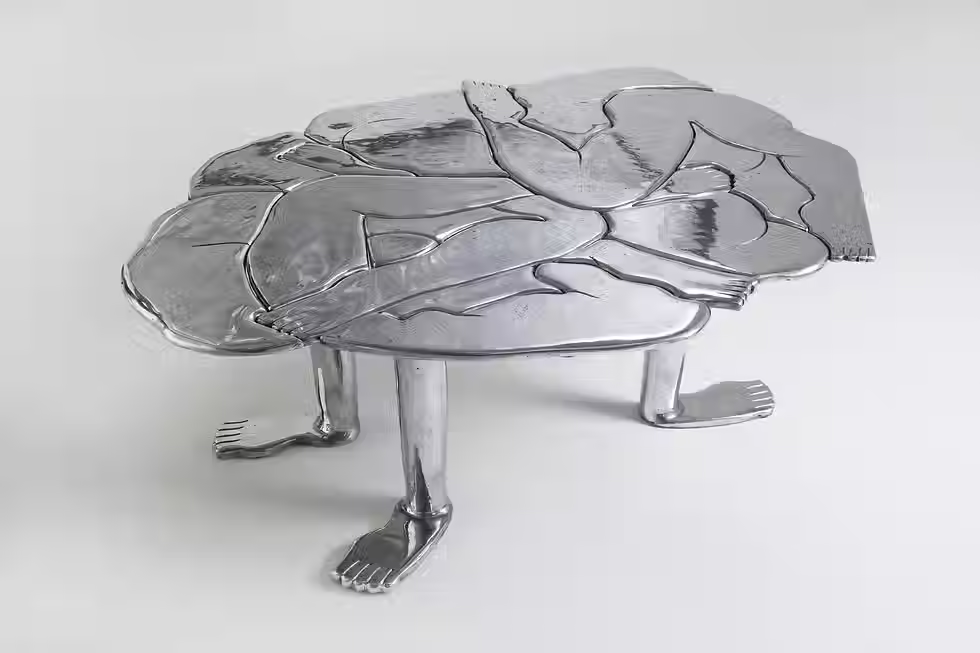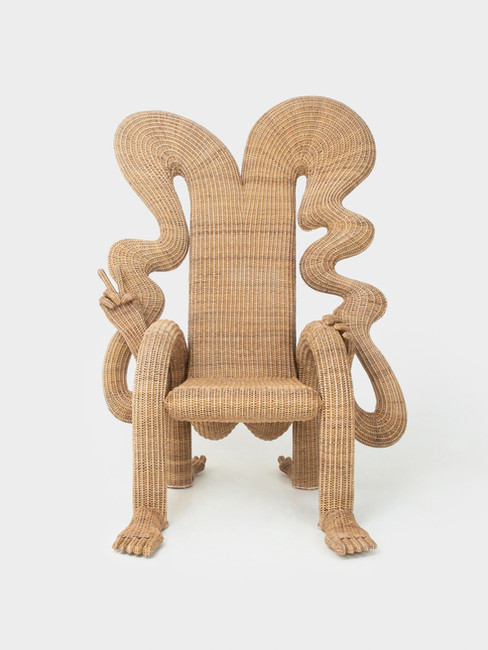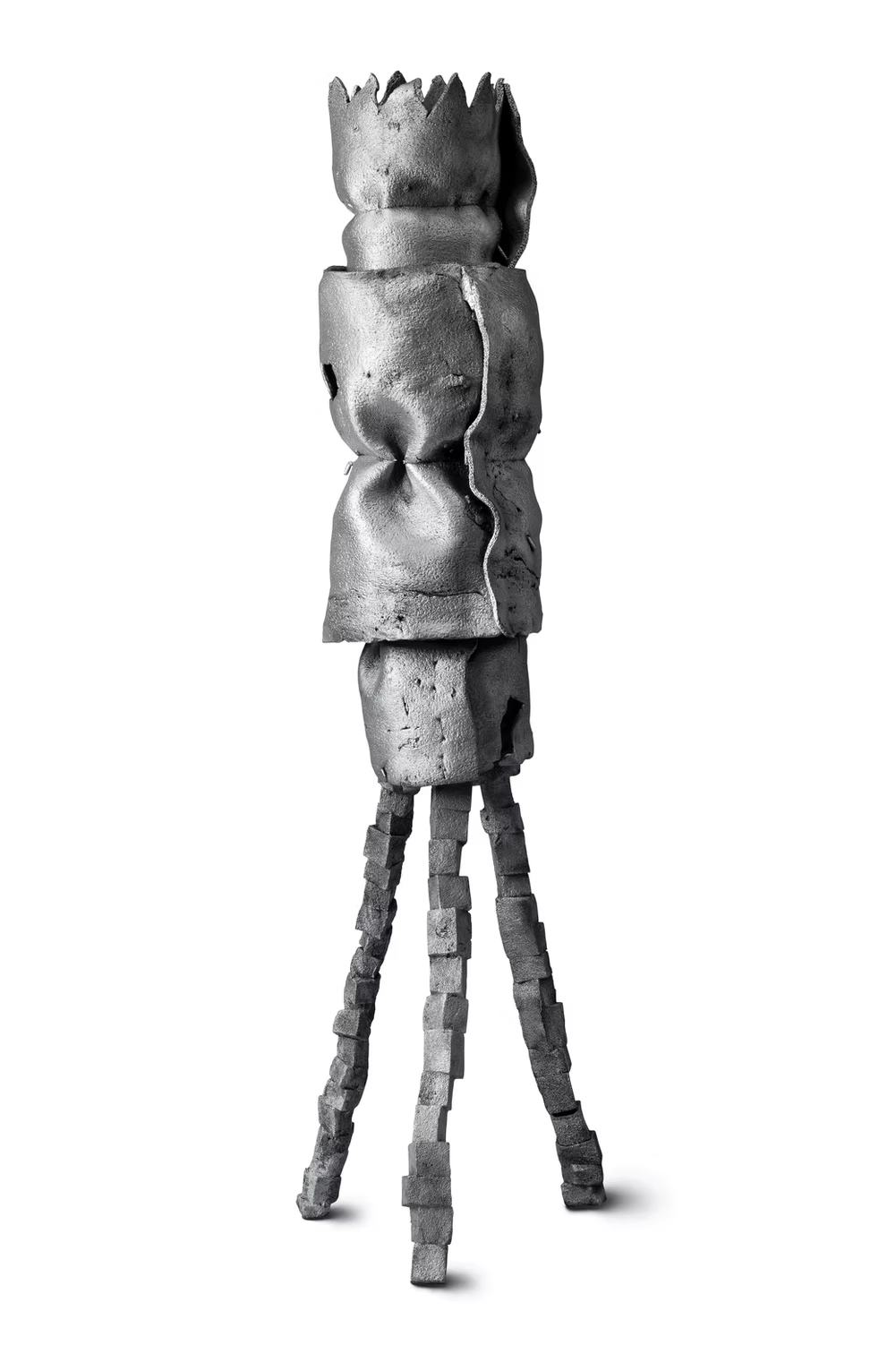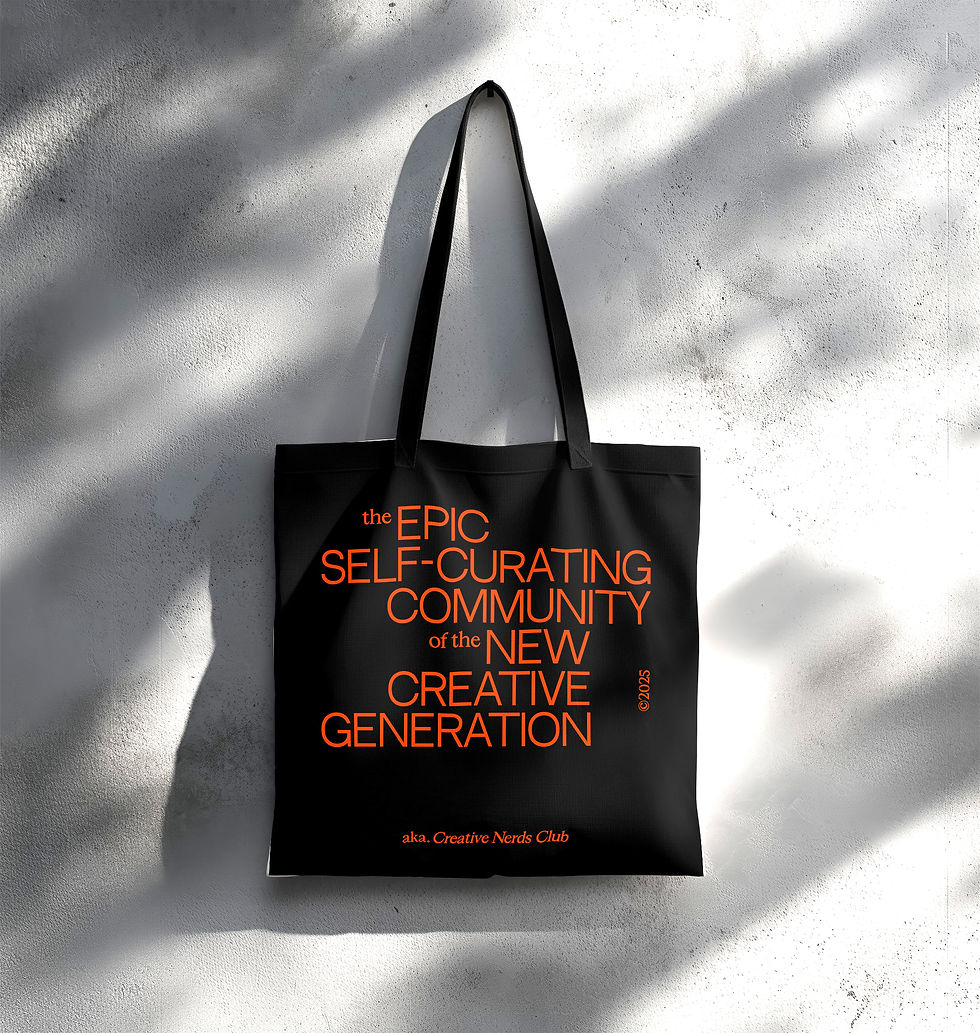Chris Wolston | Artist & Designer
- Onur Çoban

- Jul 31
- 5 min read

Body Table, Courtesy Chris Wolston
Through works that challenge our relationship with everyday objects, Chris Wolston opens up an innovative space between craft and contemporary design. In this layered practice—stretching from traditional craftsmanship in Colombia to a studio-based approach in New York—metal is woven, clay comes to life, and furniture becomes sculptural expression. His collaborative relationship with material transforms design into not only a formal pursuit, but also a cultural, tactile, and emotional experience.
We spoke with Chris about his production processes, the narrative potential of materials, and his approach to design as a space for exploration.
Interview: Onur Çoban
Who is Chris Wolston? Can you briefly tell us about yourself?
I am an artist and designer based in New York and Medellín, Colombia. I grew up in Providence, Rhode Island, and studied at the Kokrobitey Institute in Accra, Ghana, before attending the Rhode Island School of Design. My introduction to Colombia and its incredible craft traditions came through a Fulbright grant to study pre-Colonial ceramics in the country. That experience fundamentally shifted my approach. I moved from exploring material and process within industrial contexts to seeing furniture as a medium for deeper investigations—not just about technique and materiality, but also the ways we engage with and assign value to materials in everyday life. Furniture is deeply woven into our daily existence—we sit on it, lean into it, drape ourselves over it, often without a second thought. That quiet yet constant interaction makes it a powerful canvas for exploring form, materiality, and human connection.

Courtesy Chris Wolston
How would you describe your design philosophy?
My design philosophy is driven by a deep exploration of materiality, tradition, and play. I’m fascinated by how materials tell stories—how their textures, histories, and human contexts shape our interactions with objects. By blending traditional craftsmanship with contemporary perspectives, I create pieces that feel both familiar and unexpected, often incorporating humor and anthropomorphic elements to challenge conventional ideas of function and aesthetics.
"Studying pre-Colonial ceramics in Colombia and working with artisans in Medellín has reinforced my belief in the value of handmade processes and the dialogue between the past, present, and future. Whether weaving metal into fluid forms or transforming terracotta into lively furniture, my work celebrates material culture in expressive, interactive ways."
Kimora Chair & Hand Chandelier, Courtesy Chris Wolston
What factors do you consider when researching materials or choosing materials for your new projects? Can you tell us a little bit about the material choices in your work?
Materiality is at the core of my practice, and I’m always drawn to materials with strong cultural narratives, tactile richness, and expressive potential. I consider how a material has been historically used, its connection to place, and the ways it can be transformed through both traditional and experimental techniques. My work often involves mediums such as terracotta, aluminum, and woven fibers—each chosen for its ability to carry a story and adapt to new contexts.
My time in Colombia has been especially formative in shaping my material choices. The craftsmanship and techniques I’ve encountered there—such as metal casting and ceramics—allow me to push materials beyond their conventional roles. I like to challenge expectations, whether it’s weaving metal like fabric or shaping clay into anthropomorphic furniture. For me, material is never just a medium—it’s a collaborator.

Topical Credenza, Courtesy Chris Wolston
Can you tell us a bit about the design and production process in your work? Are you closer to analogue or digital techniques?
My process is deeply rooted in hands-on making, and I lean heavily into analogue techniques. I work closely with craft materials within my studio as well as externally with artisans in Medellín, whose expertise in traditional craft methods—whether ceramic, metalwork, or weaving—brings a sense of history and human touch to my pieces. That said, I also embrace contemporary methods when they serve the work, using digital tools for 3D printing molds, modeling and planning before transitioning to physical fabrication.
For me, the dialogue between analogue and digital is key. I might start a project with a loose sketch or an idea shaped through material experimentation, but the final outcome is always shaped by the making process itself. There’s an organic evolution that happens when working with materials directly—unexpected textures, structural possibilities, or even "mistakes" that become defining elements of a piece.
Which of your works has excited you the most in terms of the design process and the final product?
One of the most exciting projects for me was my woven aluminum furniture series. The idea came from wanting to challenge the rigidity of metal by treating it like a pliable textile. Working with artisans in Medellín, we developed a technique to weave aluminum strips by hand, creating forms that feel both fluid and structural. Seeing the tension between the material’s industrial nature and its almost soft, fabric-like appearance was incredibly rewarding.
Betty Vase & Matafa Vessel, Courtesy Chris Wolston
Another standout project is my terracotta series. Clay has a deep historical resonance, and I’m drawn to its warmth and tactility. In the region where I live, ceramics are embedded in both historic traditions and contemporary material culture, extending into the future. The material itself is quite literally part of the landscape—it can be dug up, processed, and used widely throughout the region. The clay I work with in my studio is sourced directly from a mountainside in the Andes, just outside Bogotá. By experimenting with scale, surface treatments, and anthropomorphic elements, I push the material in unexpected, boundary-breaking directions—creating functional objects that feel alive, expressive, and full of character.
Can you tell us a little about the sources of inspiration behind your work? Who are the names you follow with curiosity in this field or in different disciplines?
I draw a lot of inspiration from the relationship between humans and the built environment—how we engage with objects, how materials shape our interactions, and the cultural layers embedded in craft traditions. Travel and immersion in different artistic traditions have been huge influences, especially my time in Ghana and Colombia. I’m particularly inspired by the ingenuity and resourcefulness found in non-Western craft practices.
Silvestre Chair, Courtesy Chris Wolston
In terms of artists and designers, I admire figures like Gaetano Pesce for his playful approach to material, Lina Bo Bardi for her fusion of modernism and craft, and Wendell Castle for his sculptural approach to furniture. I also look beyond design—contemporary art, architecture, and even natural landscapes all feed into my work, like Noguchi for his tactile stone sculptures or Monet’s landscapes. I’m constantly looking for new dialogues between form, material, and meaning.
Are you excited for the future? What are your plans?
Absolutely. I’m always excited by the possibilities that emerge when experimenting with materials and pushing traditional techniques in new directions. Right now, I’m working on expanding my exploration of scale—thinking about how my practice can extend beyond furniture and objects into larger installations and immersive environments.
I’m also continuing to collaborate with artisans in Medellín, finding new ways to merge contemporary design with centuries-old craft traditions. Beyond that, I’m interested in further exploring sustainability in material use—not just in terms of ecological impact, but also in creating pieces that have lasting cultural resonance. There’s a lot ahead, and I’m looking forward to seeing where these explorations take me.
Most recently, I finished a chandelier - the Tablazo Chandelier - that is displayed in The Future Perfect’s Los Angeles location. It is part of a semi-permanent installation curated by the interior designer Nicole Hollis. This commission allowed me to iterate on a previously made style of my work but pushed me in new directions and allowed me to explore bronze in new and exhilarating ways. And, now, I’ve started to ideate on my upcoming exhibition at The Future Perfect’s New York gallery in the fall of this year.




























































































